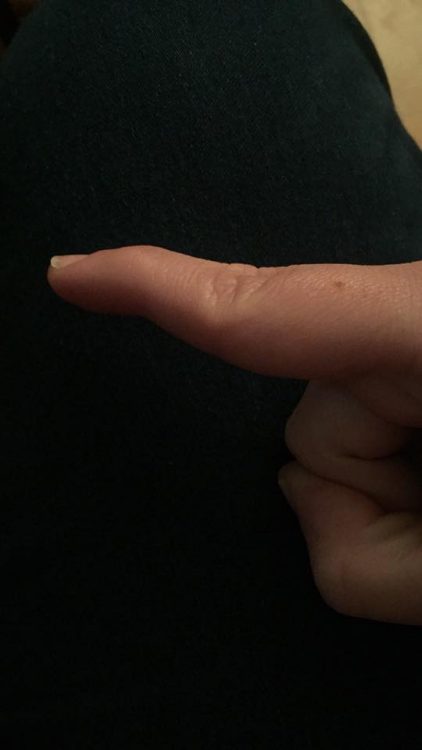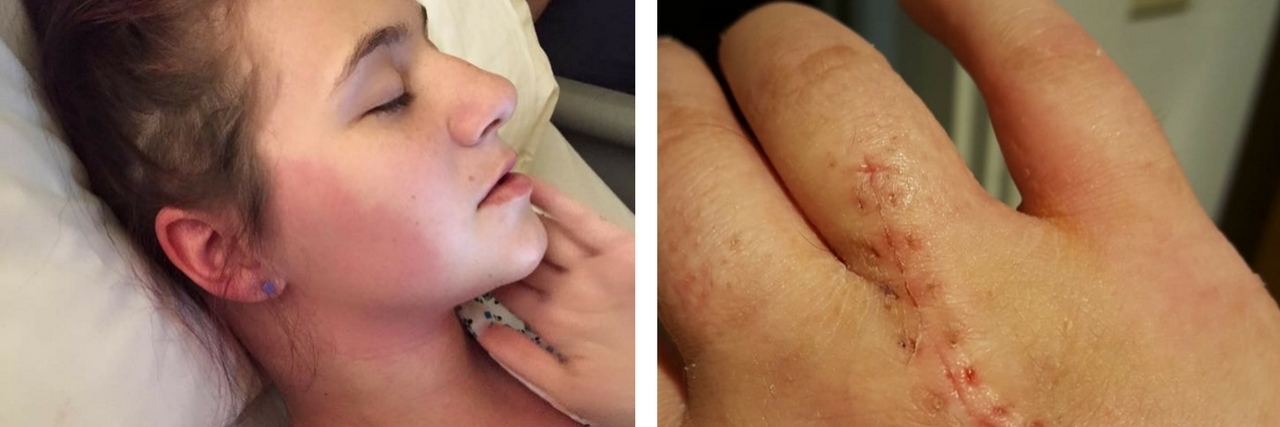Because Ehlers-Danlos syndrome (EDS) is still not as well-known as it should be, it often gets described in basic terms so others can more easily understand it: It’s a condition that causes dysfunction in the connective tissue, resulting in joint hypermobility, fragile tissue, and hyperflexible skin. However, EDS can cause many more symptoms than that. Connective tissue can be found throughout the body, and there are 13 unique subtypes of EDS, so clearly EDS results in more than the few major symptoms that are often cited.
• What is Ehlers-Danlos Syndrome?
• What Are Common Ehlers-Danlos Syndrome Symptoms?
Living with a frequently-misunderstood disease like EDS can feel lonely, like you’re the only one experiencing your symptoms, when really there are others out there who can relate to what you’re going through. So we asked our Mighty EDS community to share “little-known” symptoms of EDS they experience — symptoms and comorbid conditions that don’t get talked about as much. In addition to providing support to other “zebras,” perhaps we can raise awareness of how complex and multifaceted EDS really is. (Remember, always confirm with your doctor that your symptoms are related to EDS and not separate health condition).
1. Dysautonomia
Dysautonomia is an umbrella term for disorders of the autonomic nervous system, the most common being postural orthostatic tachycardia syndrome (POTS) and neurocardiogenic syncope. Dysautonomia is a common comorbid condition of EDS, and can cause symptoms like difficulty regulating temperature, fainting, increased heart rate upon standing and digestion issues.
“My body temperature dropped to 35.3 degrees Celsius (95.5 degrees Fahrenheit) a couple days ago even though it was 22 degrees (72 Fahrenheit) in my house. The lowest I’ve had my body temperature drop is 34.6 degrees (94.3 Fahrenheit) which is technically hypothermia, even though I was indoors and it was room temperature. It makes me feel really shaky, dizzy and gross. My body is not good at regulating my body temperature and I struggle in cooler and warmer weather.” — Sheryl F.
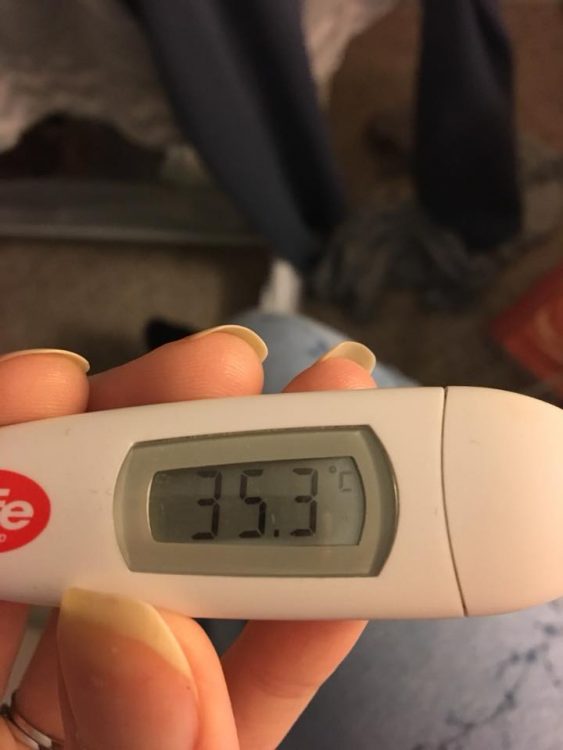
“Wearing a sweater when everyone around me is hot. Thanks to a combo of EDS/POTS. Also my body not making adrenaline at the right times or making too much. When it makes too much I feel like I’m having a panic attack but ‘nothing’s wrong’ so I hide behind a smile.” — Katie G.

2. Blue Sclera
Because the eye contains connective tissue, people with EDS may experience eye issues. Sclera is the white of the eye, and if it is thin, there may appear to be a blue ring around the eye.
“My daughter and I both have blue sclera.” — Ashley L.
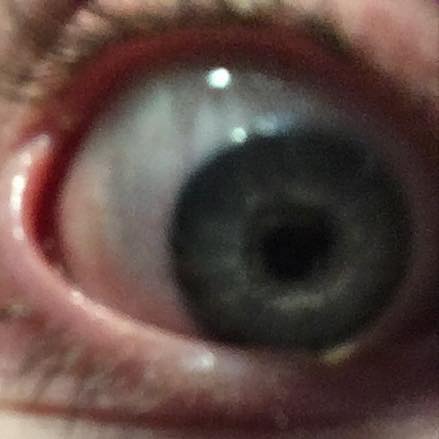
3. Mast Cell Activation Syndrome
Mast cell activation disorder (MCAD) or mast cell activation syndrome (MCAS) is another common comorbid condition of EDS. Mast cells release chemicals like histamine to defend tissues and promote wound healing, and are found in connective tissues. People with MCAD or MCAS too easily experience allergy-type responses to triggers, resulting in symptoms including rashes, flushing and abdominal pain.
“Mast cell activation disorder.” — Kylee P.
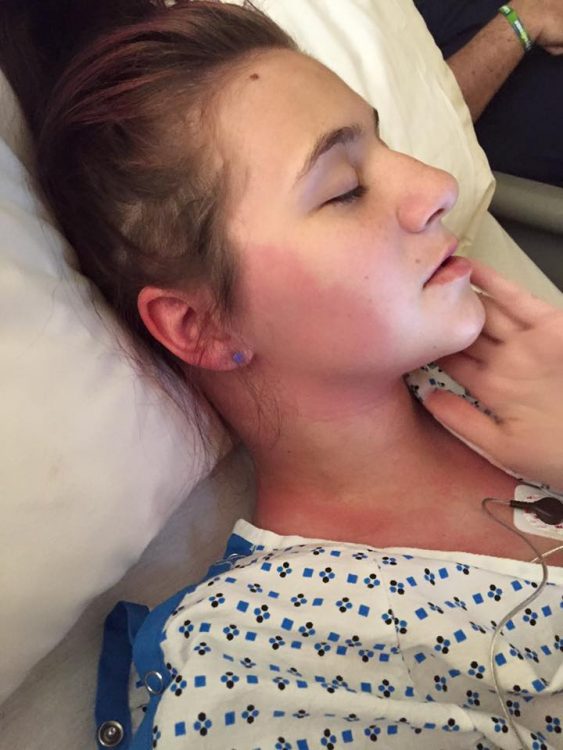
4. Difficulty Scarring
The fragile skin of EDS means scars may not heal quickly or properly.
“Awful scarring from the 11 orthopedic ‘old people surgeries’ you’ve had in the last nine years because your collagen sucks. This was six weeks after my stitches were taken out.” — Jenifer W.
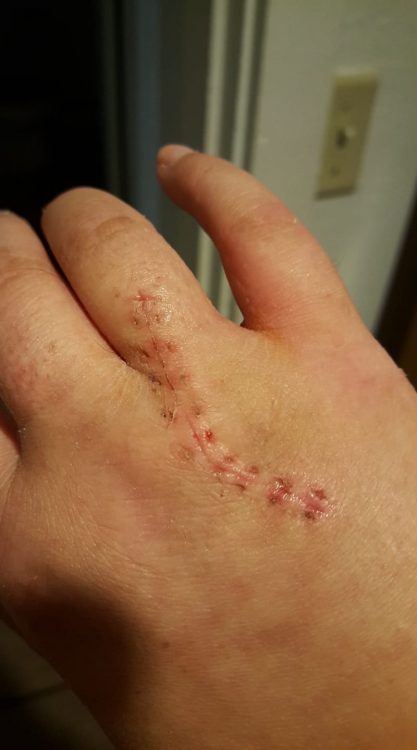
5. Irritation From Adhesives
Fragile skin can also lead to irritation from adhesives. The tearing or slight irritation someone without EDS might experience as a result of tape being removed may cause more severe injury in someone with EDS.
“Rashes/burns from adhesives and IV tape. Takes a week or more to heal and stays tender to the touch the entire time.” — Alexandra Q.
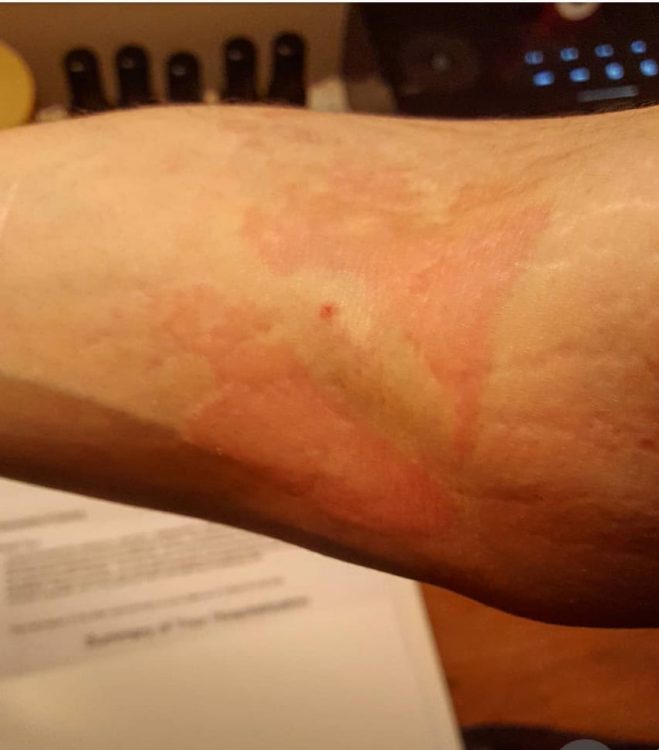
“Issues with adhesives. This is from removing tape. It looked much worse in person.” — Kari R.
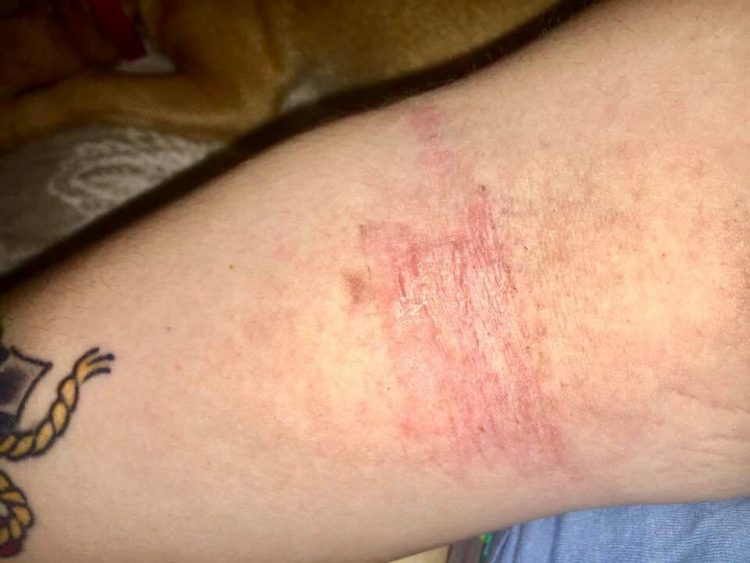
6. “Bad” Veins
Blood vessels and veins are a part of connective tissue, so people with EDS might have a difficult time receiving IVs.
“Blown veins, every single time I get an IV.” — Emily R.
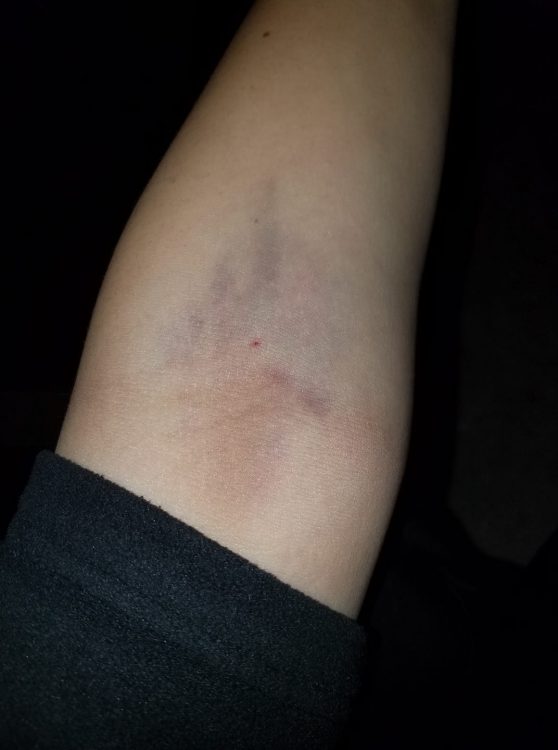
“Rolling/collapsing veins and easy bruising.” — Kylee P.

7. Raynaud’s Syndrome
Raynaud’s syndrome causes blood vessels to narrow, leading to reduced blood flow to extremities. Studies have suggested people with EDS experience it at an increased frequency.
“Raynaud’s… cold feet, cold hands, cold nose, yet if it’s over 72 degrees the rest of my body is sweating.” — Kristine S.
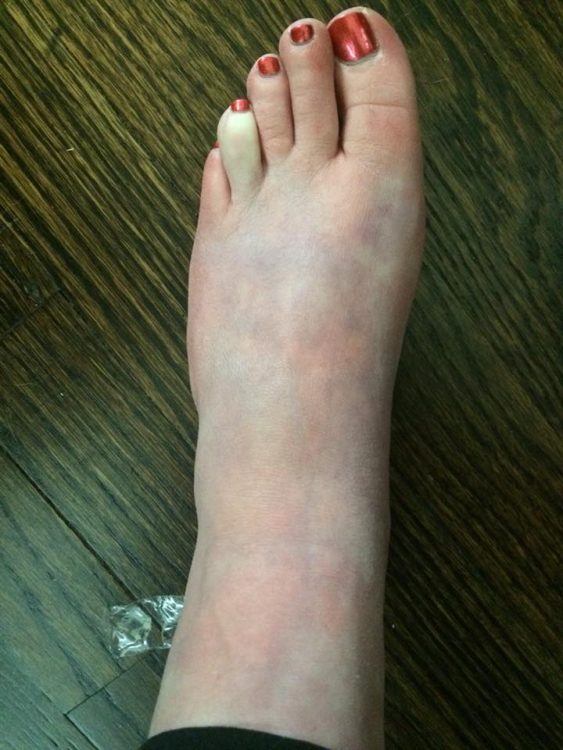
8. Soft, Delicate Skin
Not only is EDS skin fragile and prone to injury, but it also may be very soft, giving some the appearance of being younger than they are.
“Soft and fair skin. I’m 38 and nobody ever believes me when I tell them my age.” — Corinna G.

9. Bruising in Unusual Places
When people hear that easy bruising is a common symptom of EDS, they might assume that means you get especially nasty bruises when you fall or bump your elbow. But it can also mean you get bruises from things that shouldn’t cause bruises, or in locations that shouldn’t be getting injured.
“Even a pair of shoes can cause bruising and sores for someone with the fragile soft skin of EDS.” — Alesha B.
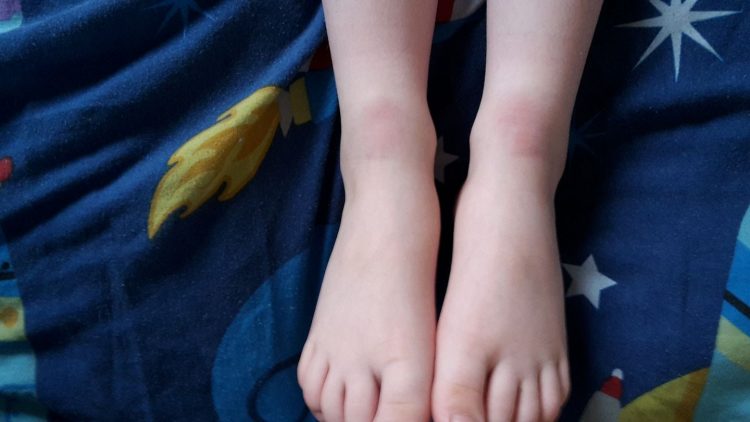
“I haven’t seen this before but bruising on my thumb from my nails.” — Michelle D.

10. Hyperextension and Dislocation of Joints in Hands and Fingers
Hyperextension and dislocation doesn’t only apply to large, prominent limbs and joints. Even smaller joints like fingers can come out of place doing everyday things.
“This is me… And it hurts… But I have a poker face!” — Joakim L.

“When you are writing and move your hand and your finger locks in this position!” — Nadine P.
